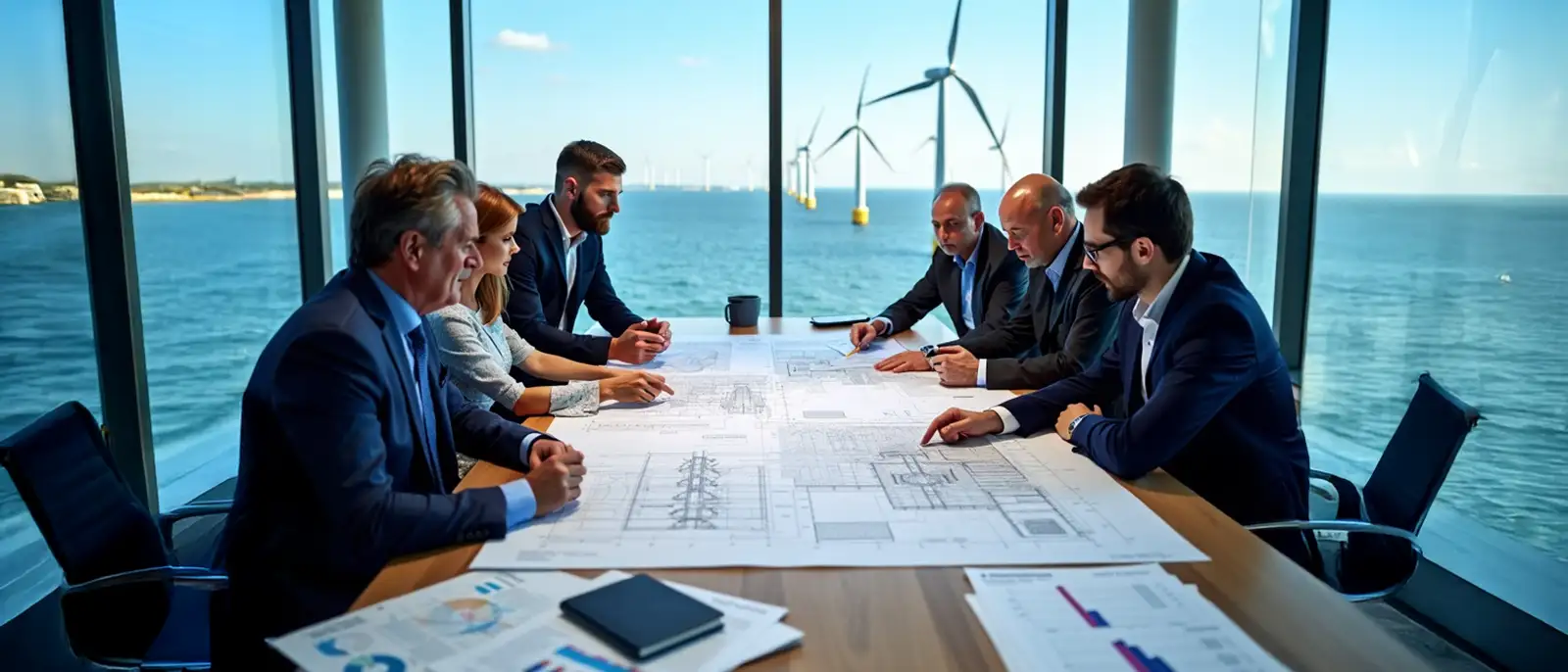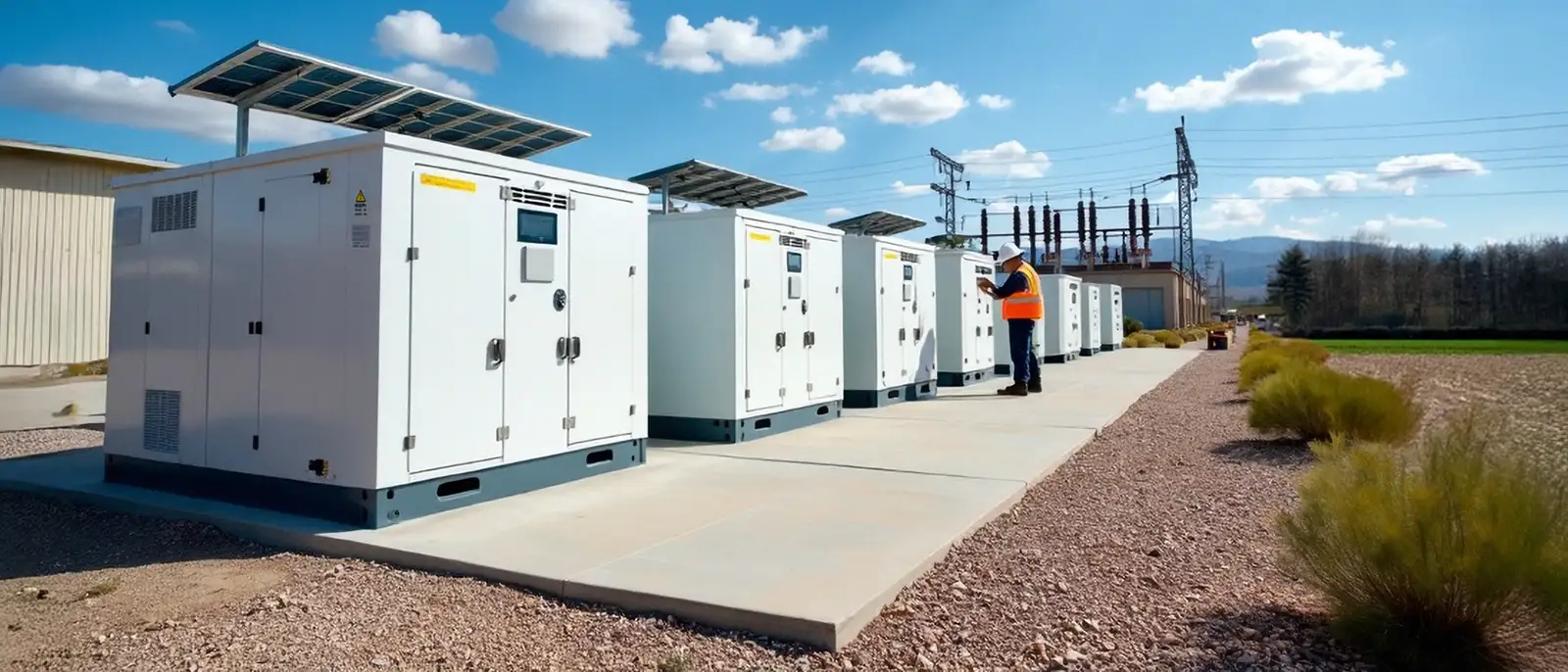The Polish energy industry is on the threshold of revolutionary changes. The current burden of energy production, concentrated in the south of the country, is starting to shift towards the north. It is not just a matter of building offshore wind farms or a nuclear power plant - it is a comprehensive transformation that brings with it a number of infrastructural and organizational challenges.
The Polish energy industry is on the threshold of revolutionary changes. The current burden of energy production, concentrated in the south of the country, is starting to shift towards the north. It is not just a matter of building offshore wind farms or a nuclear power plant - it is a comprehensive transformation that brings with it a number of infrastructural and organizational challenges.
In the face of global climate change and the growing demand for clean energy, the Polish energy sector faces an unprecedented challenge. The traditional model, based mainly on coal-fired power plants located in the south of the country, is giving way to a new paradigm. The center of gravity of the Polish energy sector is moving north, and the driving force behind these changes are ambitious projects of offshore wind farms and the first nuclear power plant in Poland.
For decades, the Polish energy industry was based on coal, and its heart beat in the south of the country. The largest power plants, such as Bełchatów, Kozienice, Opole, Jaworzno, Połaniec, Rybnik and Turów, constituted the foundation of the Polish energy system. However, the changing energy mix and new investments in renewable energy sources are slowly but surely changing this reality.
The key element of this transformation is the construction of the first Polish nuclear power plant in the "Lubiatowo-Kopalino" location. Located just one kilometer from the Baltic Sea, this plant will use seawater to cool the reactors. This project is not only a symbol of technological progress, but also a logistical challenge - a significant part of the components necessary for construction will be delivered by sea and unloaded on a specially designed MOLF (Marine Off-Loading Facility) pier.
The project schedule assumes the launch of the first unit with a capacity of 1-1.6 GW in 2033, and the next two units are to be implemented at intervals of 2-3 years. Ultimately, the power plant is to reach a capacity of approximately 4 GW, which will meet the energy needs of approximately 12 million households.

In parallel with the nuclear project, the construction of offshore wind farms is planned in the Baltic Sea. This is a huge-scale undertaking - by 2040, offshore wind farms are expected to be able to produce approximately 10 GW of energy. For comparison, in May 2023, the total installed capacity in the Polish energy system exceeded 67.7 GW.
However, the ambitions go much further. If all planned locations are used in the three development phases, the offshore wind farms could achieve a production capacity of 33 GW, which translates into 130 TWh per year. This is an impressive number, considering that the country's estimated energy demand in 2030 is 190 TWh and in 2040 - 210 TWh.
Energy transformation is not only about building new energy sources. It is also a huge challenge for the Polish economy and industry. It is necessary to create appropriate supply chains, develop port and land infrastructure, as well as educate qualified staff.
An installation terminal for wind farms is already being built in Świnoujście, and another one is planned in Gdańsk. Service bases are established in smaller ports. The Ministry of Infrastructure is working on the expansion of roads and railway lines leading to the planned nuclear power plant.
The energy transition also brings with it social and economic challenges. Thousands of new workers will appear at the seaside - from construction teams and engineers to staff operating the new facilities. This, in turn, generates housing and social needs and poses new challenges for the education system, which must educate staff for the needs of new energy sectors.

With the growing share of renewable energy sources in the energy mix, the issue of energy storage is becoming more and more important. Currently, when electricity production exceeds the system's capacity, renewable sources are turned off, leading to a loss of potentially useful energy.
Over the next three years, Poland plans to increase its energy storage capacity to approximately 3 GW. According to data from the Energy Regulatory Office, there are currently 12 energy storage facilities in the country with a capacity of at least 50 kW, the largest of which are pumped-storage power plants, accounting for 85% of the total capacity of registered storage facilities.
Energy storage technologies are very diverse - from pumped-storage power plants, through systems based on compressed air, to classic batteries and home storage facilities using, for example, soil heating. The National Fund for Environmental Protection and Water Management is preparing a co-financing program for investments in energy storage, which may significantly accelerate the development of this sector.
The transformation of the Polish energy sector opens new opportunities for enterprises and specialists from various industries. Demand will range from specialized energy and engineering services to everyday services necessary to operate the new infrastructure and its staff.
To better understand the scale and scope of upcoming changes, as well as find your place in a new business reality, it is worth following industry events. One of them will be PowerConnect Energy Summit Energy Fair, which will take place at the AMBEREXPO Exhibition and Congress Center in Gdańsk on March 26-27, 2025. This event will gather key players of the energy industry and related sectors, offering a platform to exchange knowledge and establish business contacts.
Poland's energy transformation is a process that will change not only the energy landscape, but also the economic and social landscape of our country. Shifting the energy center north creates new challenges, but also opens up enormous opportunities for innovation, economic development and job creation. Whether Poland will become a clean energy leader in the region depends on our ability to adapt and use these opportunities.



